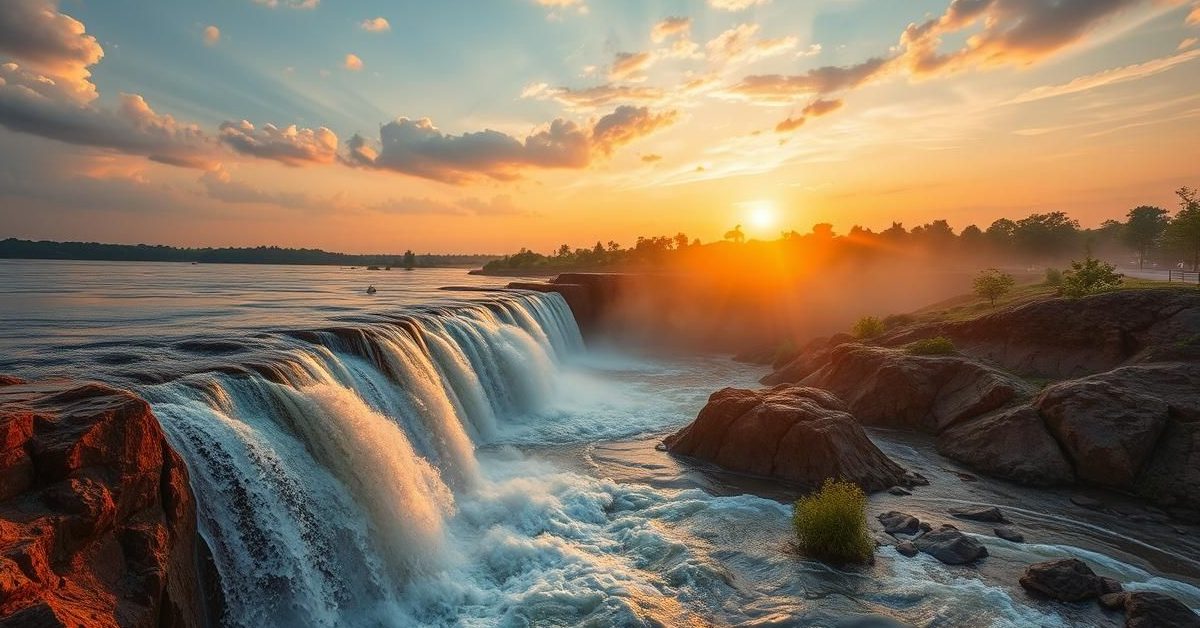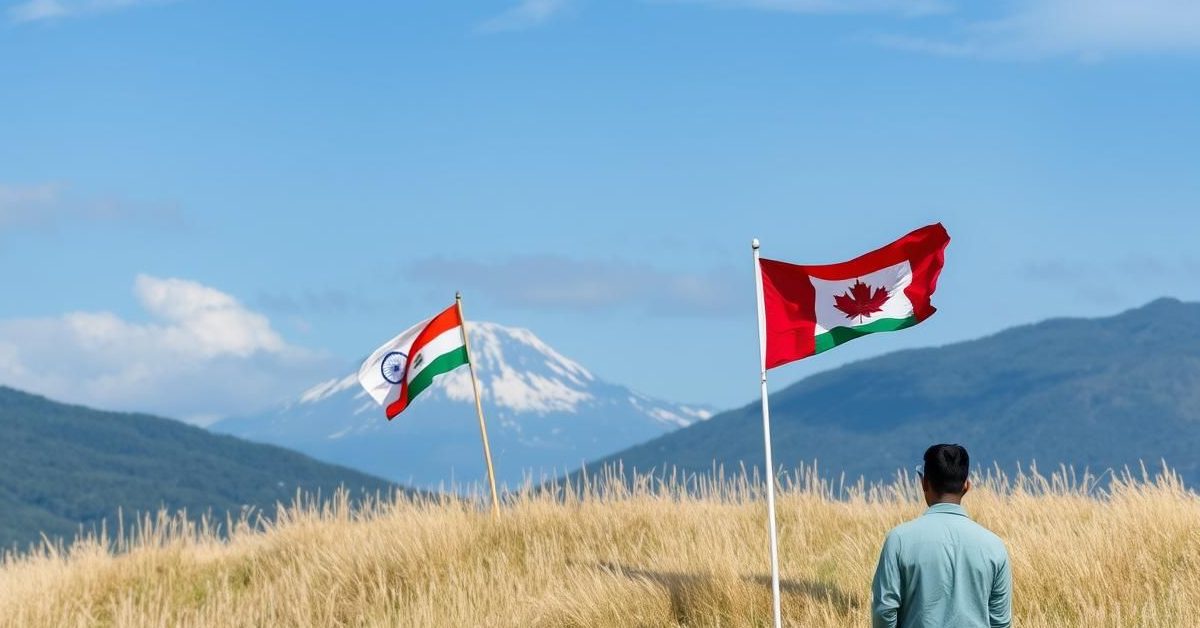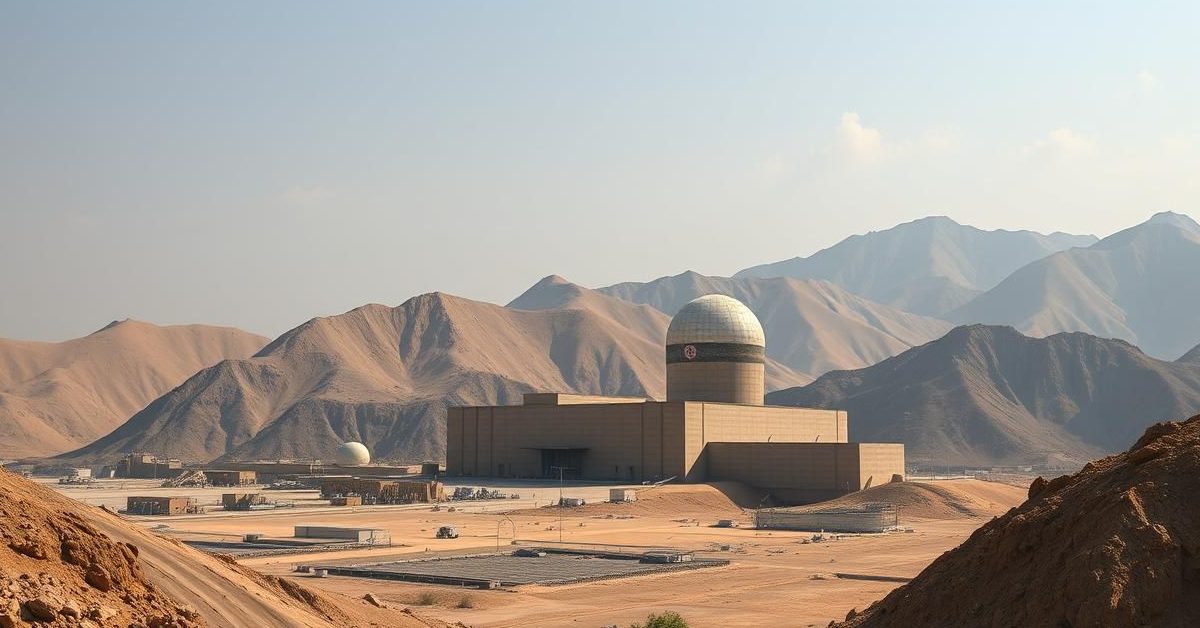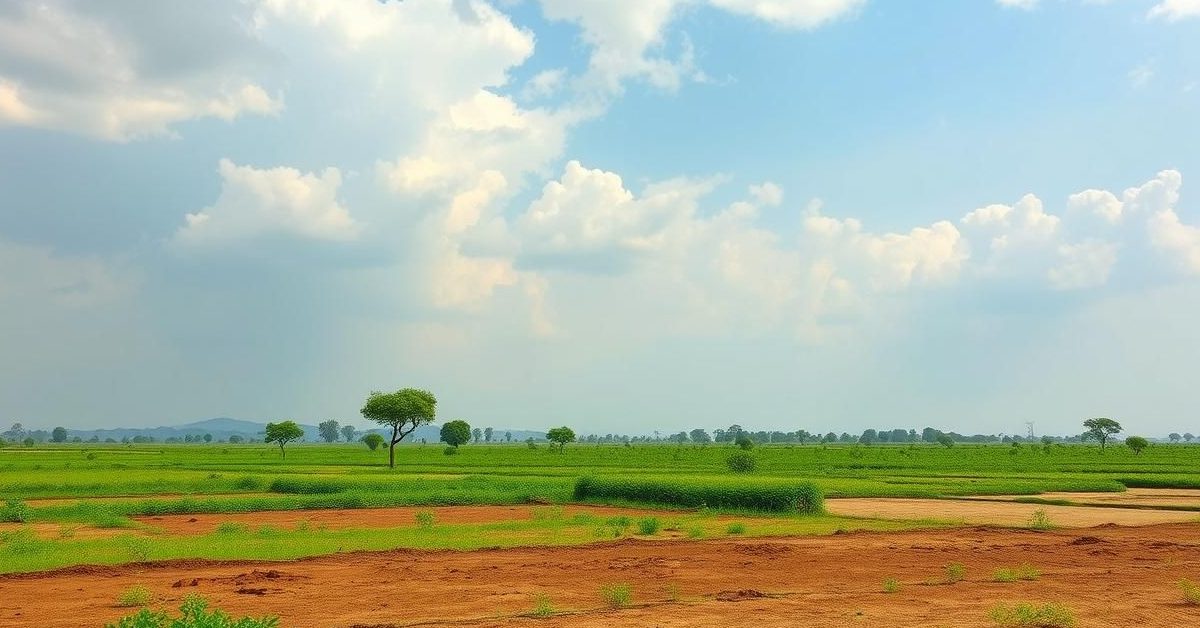The Unfolding Crisis: How Rising Temperatures Reshape Our Water World
Our planet’s intricate dance with water, known as the hydrological cycle, is fundamentally shifting. As global temperatures continue their relentless ascent, propelled by burgeoning greenhouse gas emissions, this vital cycle is intensifying, manifesting in a paradox of extremes: a terrifying surge in both devastating floods and debilitating droughts. It’s a complex, self-reinforcing feedback loop that demands our immediate attention and a radical re-evaluation of our environmental strategies.
The Accelerated Hydrological Cycle: A World of Extremes
At the heart of this intensification lies the undeniable truth that warmer air holds more moisture. For every degree Celsius of warming, the atmosphere’s capacity to retain water vapor increases by approximately 7%, a principle enshrined in the Clausius-Clapeyron relation. This means a warmer atmosphere acts like a larger sponge, drawing more water from oceans, lakes, and soil through enhanced evaporation, a process further fueled by rising surface temperatures.
When this super-saturated air eventually releases its moisture, it does so with far greater intensity. The latent heat trapped within the water vapor provides immense energy, leading to torrential downpours that can overwhelm drainage systems, inundate vast areas, and unleash flash floods with terrifying speed. We’ve witnessed this firsthand, from the catastrophic 2022 floods that submerged a third of Pakistan, displacing millions, to the unprecedented deluges across parts of Europe and China.
When the Rains Come: A Deluge of Disaster
These extreme rainfall events are not merely inconvenient; they are destructive forces. They obliterate vital infrastructure – roads, bridges, power grids – leaving communities isolated and vulnerable. Agricultural lands, the bedrock of food security, are submerged, destroying crops and livelihoods. The human toll is immense, measured not only in lives lost but in widespread displacement, outbreaks of waterborne diseases, and deep-seated psychological trauma. The World Meteorological Organization (WMO) consistently highlights the escalating frequency and severity of these events, underscoring the urgent need for enhanced disaster preparedness and resilient infrastructure.
The Scorch of Drought: A Thirsty Planet’s Plea
Paradoxically, the same intensified hydrological cycle that brings torrential downpours also exacerbates drought conditions in other regions. While some areas receive unprecedented rainfall, others experience prolonged dry spells, partly because the increased evaporation leaves soils parched and groundwater reserves depleted. Higher temperatures also accelerate evapotranspiration from plants and soil, further drying out landscapes. The Horn of Africa, for instance, has endured its worst drought in decades, pushing millions to the brink of famine and sparking a humanitarian crisis. In India, despite strong monsoons in some years, many regions grapple with chronic water scarcity, impacting agricultural productivity and urban water supply, showcasing the uneven and unpredictable nature of this intensified cycle.
Rethinking Green India: Beyond Monoculture’s Veil
Amidst these climate challenges, national initiatives like India’s Green India Mission (GIM), a crucial part of the National Action Plan on Climate Change (NAPCC), aim to enhance forest cover and ecosystem services. While the mission’s intent is commendable, its historical emphasis on large-scale monoculture afforestation – planting single species over vast areas – warrants a critical re-evaluation.
Monoculture plantations, often consisting of fast-growing, non-native species, might superficially increase “green cover” but frequently fail to deliver true ecological benefits. They create ecological deserts, offering minimal habitat for diverse native flora and fauna. These plantations are highly vulnerable to pests, diseases, and climate shocks, lacking the resilience of natural, biodiverse forests. Furthermore, their capacity for long-term carbon sequestration can be limited, and they often deplete soil nutrients and water resources more rapidly than mixed forests. The short-sighted pursuit of rapid greening often overlooks the nuanced complexity of a thriving ecosystem.
Embracing Ecological Restoration: A Symphony of Nature
A profound shift is imperative: from generic monoculture afforestation to comprehensive, diverse ecosystem restoration. This approach prioritizes native tree species, shrubs, and grasses, fostering a rich tapestry of biodiversity that is inherently more resilient and functional. Restoring natural ecosystems enhances crucial ecosystem services like water retention, soil stabilization, and nutrient cycling. Diverse forests are better carbon sinks, locking away atmospheric carbon more effectively over the long term.
Moreover, ecosystem restoration involves local communities, leveraging indigenous knowledge, and creating sustainable livelihoods rooted in biodiversity conservation. This holistic strategy respects the intricate interconnections within nature, building robust, self-sustaining environments capable of adapting to a changing climate, rather than merely creating a uniform, vulnerable green carpet.
Building Resilience: Nature’s Answer to Climate Chaos
Ultimately, the intensified hydrological cycle and its dual threat of floods and droughts underscore the urgent necessity of robust, nature-based solutions. Healthy, diverse ecosystems, championed by a re-envisioned Green India Mission, can play a pivotal role in mitigating these extremes. Well-established, biodiverse forests act as natural sponges, absorbing excessive rainfall and slowly releasing it, thereby reducing flood risks. Their extensive root systems stabilize soil, preventing erosion and landslides. In times of drought, diverse forest ecosystems retain more moisture, recharging groundwater and sustaining local water sources.
By investing in genuine ecological restoration, focusing on the intricate web of life rather than mere tree counts, we empower nature to build resilience against the very climate chaos we’ve unleashed. This isn’t just about planting trees; it’s about cultivating a thriving, interconnected natural world that can protect us from the intensifying rhythm of water.













